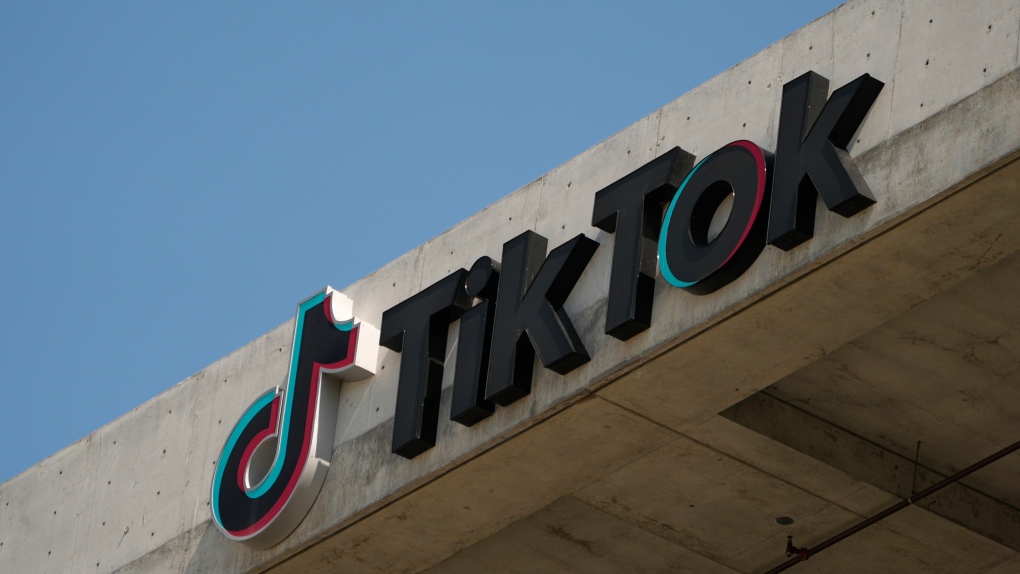NASA is developing a new satellite that will hunt for asteroids and comets that could pose a danger to Earth. Known as the Near-Earth Object (NEO) Surveyor, the infrared space telescope is scheduled to launch by June 2028.
“Currently our largest gap is we don’t know the whole population of near-Earth asteroids that are out there,” NASA planetary defence officer emeritus Lindley Johnson told reporters on Thursday.
“That’s why we’re pursuing the NEO Surveyor mission, to get a more complete catalogue of the hazardous population of asteroids that are large enough that if they were to impact the Earth, they could do significant damage.”
On Thursday, NASA released a report that detailed its fifth Planetary Defense Interagency Tabletop Exercise, which was held in April. The asteroid impact exercise saw scientists, emergency management officials and international observers like the Canadian Space Agency come together for a hypothetical exercise that assessed our planet’s ability to respond to a hazardous asteroid or comet.
“The process for making decisions about space missions in an asteroid threat scenario remains unclear,” the planetary defence report warned. “Only one technology for Earth impact prevention – kinetic impact – has been demonstrated in flight, and it has only been demonstrated once.”
In 2022, NASA’s DART mission smashed a spacecraft into a harmless asteroid and succeeded in shifting its orbit. The tactic remains Earth’s best hope if the kind of asteroid that wiped out the dinosaurs came hurtling towards our planet. Using a nuclear device to obliterate an asteroid like in the 1996 Bruce Willis film “Armageddon” was not considered an option.
“The potential use of nuclear explosive devices for planetary defence purposes poses legal, international, and proliferation concerns that have not been fully resolved,” the report said.
Thousands of asteroids remain undiscovered
Astronomers estimate there are about 25,000 “near-Earth objects” large enough to cause regional devastation on Earth, with more than half still undiscovered. While NASA is currently unaware of any asteroids that could pose a danger to our planet, officials say early detection remains key when responses could take years to execute.
“If we’re successful in doing our search for the [near-Earth object] population, we will know years, even decades, in advance of a potential impact threat and therefore have the necessary time to be able to prepare for it,” Johnson said.
“But in examining how long it takes to pull the mission together, the flight time it takes to get to the asteroid and the launch windows that are available to get to the asteroid, that eats up a decade of time pretty fast. So that is certainly a concern.”
In 2029, a potentially hazardous asteroid known as 99942 Apophis, named for the ancient Egyptian god of chaos, will come within 32,000 km of Earth. While there is no risk of the 340-metre asteroid hitting the planet for at least a century, the close encounter in 2029 will provide a unique opportunity to study the space rock and how it interacts with Earth’s gravitational field.
“We want to be able to get a spacecraft out there weeks to months [in advance] to get a look at Apophis before that close encounter with the Earth,” Johnson said. “Because first of all it demonstrates a capability to do that for planetary defence, but it also gives the scientists the before picture of the asteroid Apophis, so that we can see what changes were made by the close encounter with the Earth.”
The United Nations additionally has a Space Mission Planning Advisory Group that is focused on international impact disaster response. Canada, an active participant, also operates a suitcase-sized satellite dedicated to detecting and tracking asteroids, comets, satellites and space debris that contributes data to the International Astronomical Union Minor Planet Center and the International Asteroid Warning Network.
“Current observations indicate a very low probability of any significant event,” a Canadian Space Agency spokesperson told CTVNews.ca. “However, preparedness is key, and Canada’s involvement in these organizations ensures we stay informed and contribute to global efforts in monitoring and discussing potential threats.”
With files from CTV National News Washington Bureau Chief Joy Malbon




